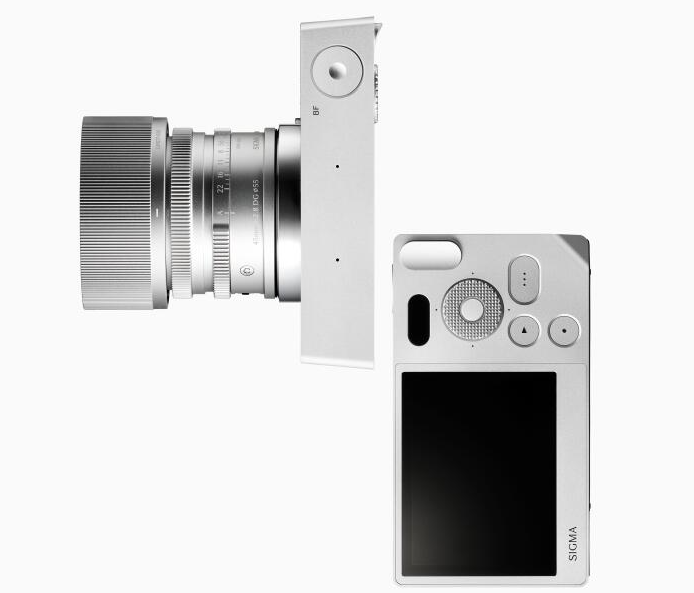Nikon Z6 III Sentiments

Nikon Z6 III: A Comprehensive Review of Nikon’s Latest Hybrid Powerhouse
The Nikon Z6 III has arrived, and it’s making waves in the world of photography and videography. As the successor to the popular Z6 II, this camera promises to deliver significant improvements in performance, features, and versatility. Whether you’re a professional photographer, a videographer, or an enthusiast looking for a reliable hybrid camera, the Z6 III is designed to meet your needs. In this detailed review, we’ll explore everything you need to know about the Nikon Z6 III, from its key features and performance to its pros, cons, and how it stacks up against the competition.
Key Features of the Nikon Z6 III
The Nikon Z6 III is packed with cutting-edge technology and features that make it a standout in the mirrorless camera market. Let’s dive into the details:
1. Partially Stacked 24.5-Megapixel Sensor
The Z6 III features a 24.5-megapixel partially stacked CMOS sensor, a first for Nikon in this category. This sensor design allows for faster readout speeds, improved burst shooting, and enhanced video capabilities. While it may not have the highest resolution on the market, it strikes a perfect balance between detail, speed, and low-light performance.
 Photo by Annie Spratt on Unsplash
Photo by Annie Spratt on Unsplash
2. EXPEED 7 Processor
Paired with the new EXPEED 7 processor, the Z6 III delivers lightning-fast performance. This combination enables advanced autofocus, faster burst rates, and seamless 6K video recording. The processor also ensures efficient power management, extending battery life during shoots.
3. Advanced Autofocus System
The Z6 III inherits the advanced 3D tracking and subject detection capabilities from Nikon’s flagship Z8 and Z9 cameras. This makes it an excellent choice for tracking moving subjects, whether you’re shooting sports, wildlife, or fast-paced events. The autofocus system is highly customizable, allowing you to tailor it to your specific needs.
The Z6 III's advanced autofocus system is a game-changer for photographers who need to track moving subjects with precision and accuracy.
4. Impressive Video Capabilities
For videographers, the Z6 III is a powerhouse. It can record 6K video at up to 60 frames per second in N-RAW internally, without the need for an external recorder. Other video options include 4K at 120 fps (with a 1.5x crop) and ProRes 422 HQ. The inclusion of N-Log and HLG (Hybrid Log-Gamma) ensures excellent dynamic range and color grading flexibility.
 Photo by Samsung Memory on Unsplash
Photo by Samsung Memory on Unsplash
Performance in Real-World Scenarios
Photography
The Z6 III excels in still photography, offering excellent image quality, fast autofocus, and a wide dynamic range. The 24.5-megapixel sensor delivers sharp, detailed images with accurate colors. While the dynamic range at base ISO is slightly lower than some competitors (around 11.5 stops), it’s still more than sufficient for most shooting scenarios.
Videography
The Z6 III is a powerhouse for video production. The ability to record 6K N-RAW internally is a standout feature, offering unparalleled flexibility in post-production. The camera also handles 4K at 120 fps with ease, making it ideal for slow-motion footage. Rolling shutter is minimal, thanks to the partially stacked sensor, and the inclusion of N-Log and HLG ensures excellent dynamic range and color grading options.
Pros and Cons of the Nikon Z6 III
Pros
- Versatile hybrid capabilities
- Advanced autofocus system
- 6K video recording
- Excellent EVF and LCD
- Durable build and weather sealing
- Competitive pricing
Cons
- Dynamic range limitations
- No dual video recording
- Autofocus quirks
- Limited lens selection
How Does the Nikon Z6 III Compare to the Competition?
The Z6 III faces stiff competition from cameras like the Canon EOS R6 Mark II and Sony A7 IV. Here’s how it stacks up:
Canon EOS R6 Mark II
Pros: Better dynamic range in mechanical shutter mode, slightly faster burst rates.
Cons: Limited video capabilities compared to the Z6 III, lacks internal 6K recording.
Sony A7 IV
Pros: Superior autofocus performance, broader lens selection.
Cons: Older technology, less impressive EVF and LCD, higher price point.
While the Z6 III may not outperform its competitors in every category, it offers a compelling balance of features, performance, and value that makes it a strong contender.
User Reviews and Opinions
Professional photographers and videographers who have used the Z6 III praise its versatility, build quality, and video capabilities. Many appreciate the improved autofocus and 6K recording, though some note the slight limitations in dynamic range and autofocus performance in extreme scenarios. Overall, the sentiment is overwhelmingly positive, with users calling it a “remarkable little camera” that punches above its weight.
Final Verdict
The Nikon Z6 III is a significant upgrade over its predecessors, offering a blend of advanced features, robust performance, and excellent value. While it has a few minor shortcomings, such as dynamic range limitations and autofocus quirks, its strengths far outweigh its weaknesses. Whether you’re a photographer, videographer, or hybrid shooter, the Z6 III is a camera that can handle a wide range of creative challenges with ease.
If you’re in the market for a versatile, high-performance mirrorless camera, the Nikon Z6 III is undoubtedly worth considering. It’s a testament to Nikon’s commitment to innovation and quality, and it’s poised to be a favorite among professionals and enthusiasts alike.
Call-to-Action: Ready to take your photography and videography to the next level? Check out the Nikon Z6 III today and experience the future of hybrid imaging!



Comments ()